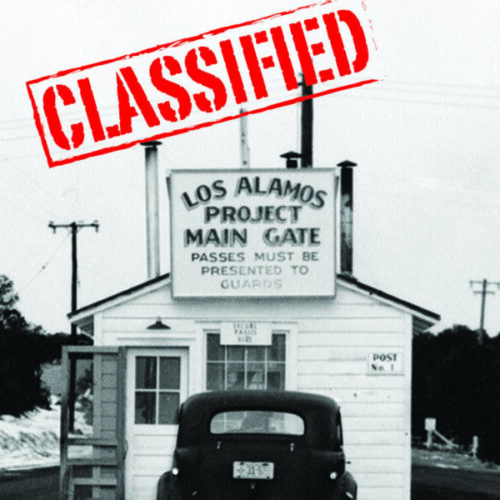Ricotta cheese is simple and quick to make the only thing is you need is a good cheese cloth and some good starting dairy. While hard to find these days, best milk to use is farm fresh, un-separated, and unpasteurized. If you can’t find that, get milk from a health food store, it will not be over pasteurized. Traditional ricotta is made from whey and milk and you can also make ricotta from milk and lemon juice.
Do not use ultra-high temperature (UHT) pasteurized milk, which is mostly what they sell in grocery stores. The problem with UHT milk is that in the quest to maximize processing time, they over-heat the milk killing both the bad and good bacteria. Aside from calcium and what vitamins they add back in, this milk has no health benefit and does nothing for your gut health, might as well take a one-a-day with a glass of water. Because the good bacteria was killed off during pasteurization, it won’t curdle when mixed with vinegar, which means it won’t separate the cheese from the whey.
It’s illegal for dairy farmers to sell unpasteurized milk, but if you’re lucky, you can make a “special” arrangement with a local dairy farmer. Mine places a gallon of milk on his counter, strictly for demonstration purposes, and goes out back to check on his cows. Meanwhile, I snatch his demonstration milk without permission and make a run for it – I do splash some cash on the counter before my break though.
In the same vein, avoid low fat milk (1%, 2%, or skim). Fat is what gives your cheese structure and body. In fact, I often substitute a half to full cup of heavy cream for whole milk in my recipe to give my starting dairy a fighting chance.
Final note: Italian ricotta is pretty much the same as East Indian Paneer, the main difference is ricotta is crumbly and paneer is made in a block that can be cut into cubes. So depending on what you are preparing the cheese for, you adjust the final step in the process.
Ingredients
- 64 oz. (~2 liters) whole milk
- 1 ½ tsp salt
- 5 oz. white vinegar (10 TBL) – can substitute 2 oz. fresh lemon juice
- Note: I usually double the recipe since I illicit unpasteurized milk comes in a gallon jug.
Process
- Rinse large saucepan with water and drain but do not wipe (helps prevent the milk from sticking to the sides of the pan).
- Place the milk and salt into saucepan and heat at medium until milk just comes to the boil. Take your time and let the milk slowing come to a boil.
- Stir frequently while warming to prevent milk from scorching to the bottom of the pot.
- As soon as milk starts to boil, to the point where the milk froths and bubbles start to appear on the sides of the pan, remove from heat.
- Stir in half of vinegar and leave for a few seconds to do it’s magic.
- Add rest of vinegar, stir and mix well. The milk should separate into curds and whey. Just so you don’t panic, the whey will be a lime green liquid that has many uses in baking and health food diets.
- Let curds and whey sit in the pot for 5 minutes cooling down.
- Prepare a sieve lined with a double layer of cheese cloth (or muslin), place this over a large bowl if you want to keep the whey or, drain directly over the sink if you don’t want to keep the whey.*
- Pour the heated milk mixture into the lined sieve and allow to sit in the sieve for another 5 minutes.
- Tie the ends of the cheese cloth together and allow the ricotta cheese to hang and drain for about 5 – 10 minutes. I suspend the cheese cloth on a rolling pin over a large pot. I don’t use the cheese press unless I want this cubed rather than crumbly.
- If you want dry ricotta, squeeze as much whey out as possible. If you want slightly moist ricotta, squeeze less.
- Transfer cheese to a bowl, use the back of a spoon to press it down, allow it to cool for a least several hours.
- Can store in the fridge up to a week or can be frozen.
*Note: I recommend keeping the whey, it’s packed with proteins and can be used as a diet drink or in baking as a water substitute. You can also use it to cook rice, risotto, or corn on the cob.

